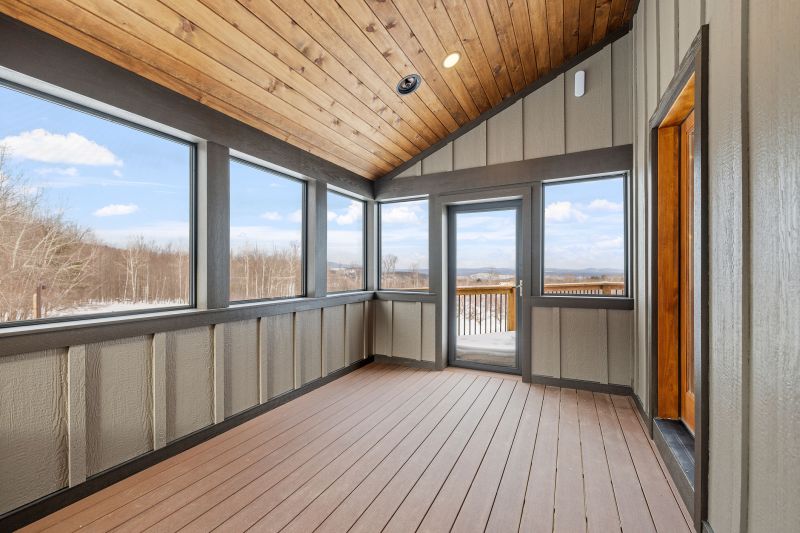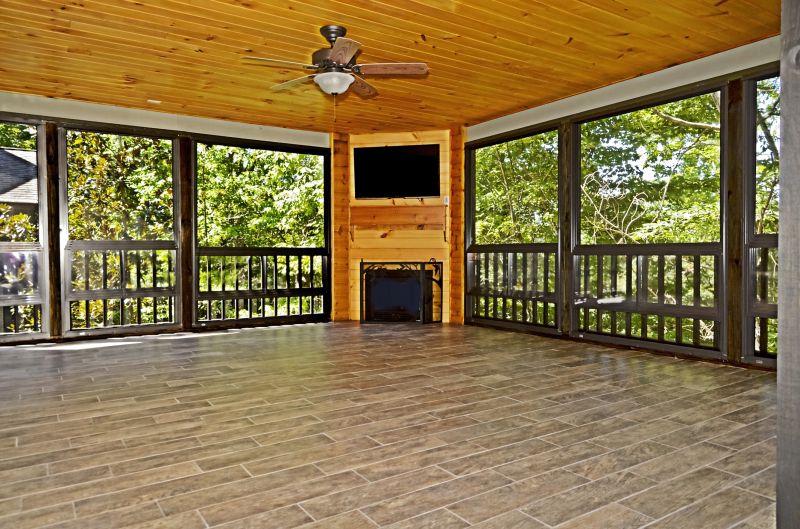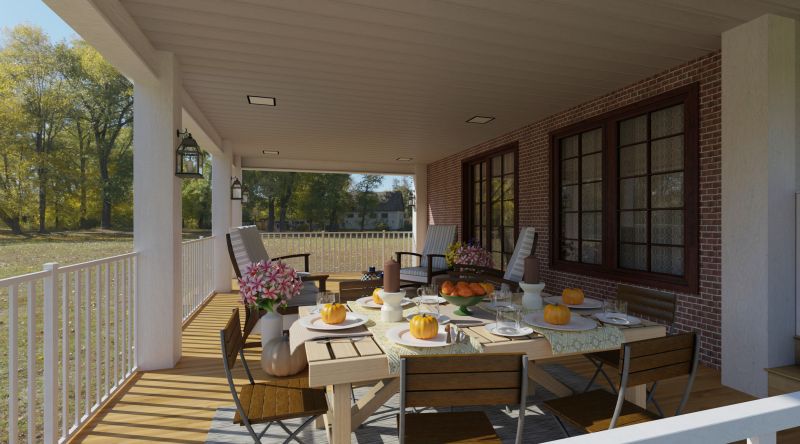Optimal Timing for Porch Ceiling Replacement
Porch ceiling replacements are influenced by seasonal weather patterns, material durability, and maintenance cycles. Choosing the optimal time can extend the lifespan of the new ceiling and ensure a smoother installation process.
Spring offers mild weather conditions, reducing the risk of weather-related delays during porch ceiling replacement projects.
Summer provides longer daylight hours, but high temperatures and humidity may affect certain materials and curing times.
Fall typically features cooler temperatures and lower humidity, ideal for outdoor painting and sealing of porch ceilings.
Winter is generally less suitable due to cold temperatures, potential snow, and frozen ground, which can hinder work and material application.

Spring is a popular time for porch upgrades due to favorable weather conditions.

Summer projects may face challenges from heat but benefit from extended daylight.

Fall offers ideal conditions for sealing and finishing porch ceilings.

Ways to make Porch Ceiling Replacements work in tight or awkward layouts.

Popular materials for Porch Ceiling Replacements and why they hold up over time.

Simple add-ons that improve Porch Ceiling Replacements without blowing the budget.
| Season | Ideal Conditions |
|---|---|
| Spring | Mild temperatures, moderate humidity, ideal for installation and painting. |
| Summer | Longer daylight hours, but high heat and humidity can affect materials. |
| Fall | Cooler temperatures, lower humidity, suitable for sealing and finishing. |
| Winter | Cold temperatures, snow, and frozen ground make it unsuitable for porch ceiling replacement. |
Porch ceiling replacements involve removing outdated or damaged materials and installing new surfaces that improve aesthetics and durability. Materials such as wood, vinyl, or aluminum are commonly used, each offering different benefits based on climate and maintenance needs. Proper timing ensures that the installation process aligns with weather conditions to prevent issues like warping, cracking, or moisture damage. Statistics indicate that projects completed in optimal weather conditions tend to have longer-lasting results and require fewer repairs over time.
